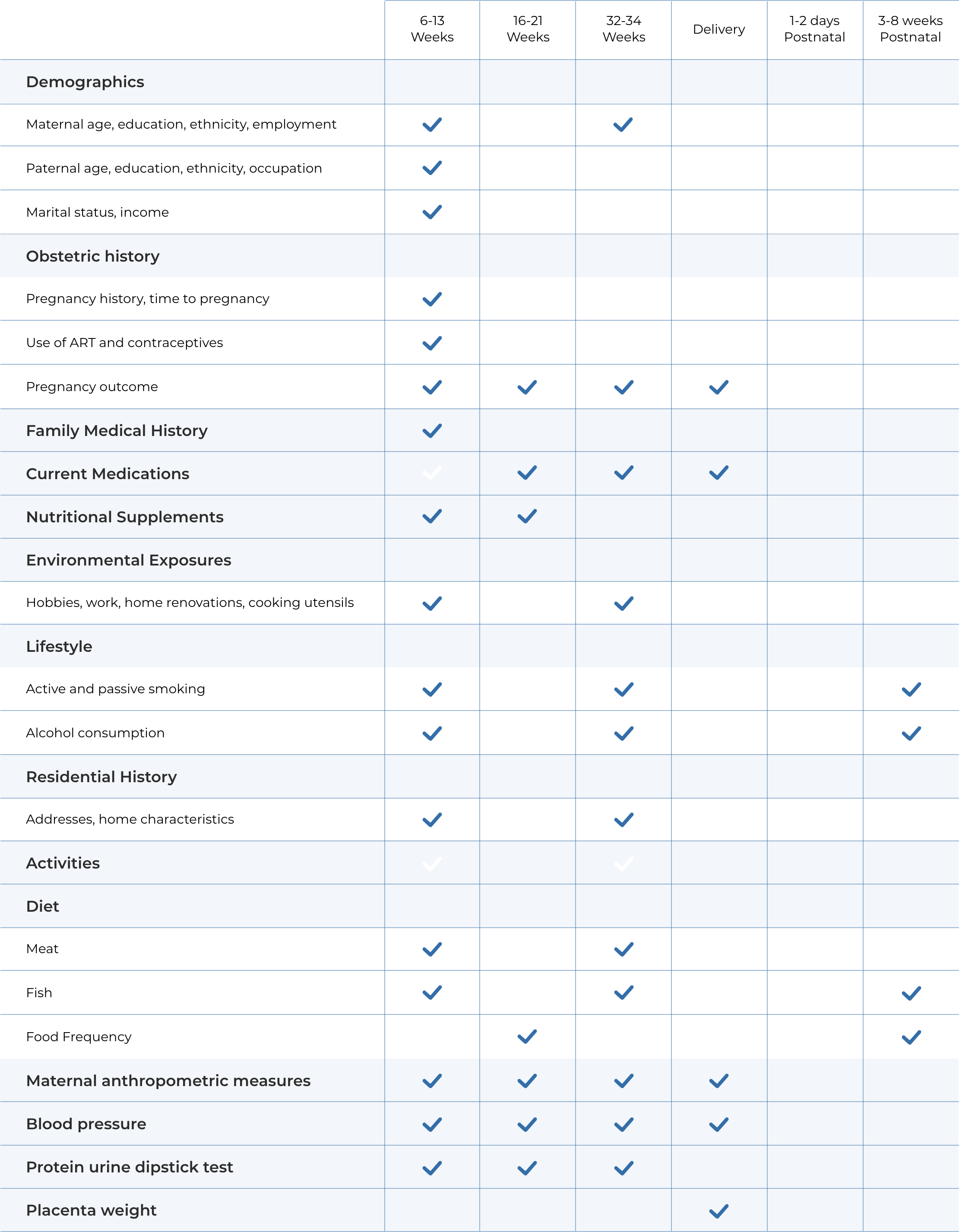Childhood exposure to pyrethroids and neurodevelopment in Canadian preschoolers.
Ntantu Nkinsa P, Fisher M, Muckle G, Guay M, Arbuckle TE, Fraser WD, Boylan K, Booij L, Walker M, Bouchard MF. Neurotoxicology. 2023 Dec;99:120-128. doi: 10.1016/j.neuro.2023.10.001
Question: Do urinary levels of pyrethroid insecticide metabolites in preschool-age children show associations with neurodevelopment, including behavioral and cognitive outcomes, and are these associations modified by sex?
What did the researchers do:
This study, led by a graduate student at the University of Montreal, was conducted using data from the MIREC CD Plus study. The focus was on preschool-age children (3-4 years old) from six Canadian cities. Urine samples were collected from children to measure pyrethroid metabolites. At the same time, children’s neurodevelopment was assessed for: IQ, behavioral problems, and social abilities. Statistical analyses explored associations between children’s urinary pyrethroid metabolite concentrations and neurodevelopmental scores, considering potential sex differences.
What did they find:
The study involved 179 children, and high detection frequencies were observed for most pyrethroid metabolites. In boys, higher concentrations of cis-DBCA were significantly associated with lower verbal, performance, and full-scale IQ scores. For girls, 3-PBA was associated with lower verbal IQ scores. In boys, neurobehavioral outcomes were adversely associated with higher concentrations of several pyrethroid metabolites. Interestingly, in girls, higher cis-DCCA concentration was linked to better adaptive skills, indicating better abilities in functional communication. None of the pyrethroids were associated with autistic characteristics in the children.
What does this mean:
The study suggests associations between certain pyrethroid pesticide metabolites and indicators of neurodevelopmental disorders, particularly in boys. These findings align with previous research, indicating a potential risk to cognitive and behavioral development in children exposed to pyrethroid pesticides. However, a major limitation of this study is that the insecticide exposure was measured at the same time as the neurodevelopmental outcomes. The cross-sectional nature of the study limits the ability to establish causal relationships. Further research is needed to better understand possible long-term effects of pyrethroid exposure on children's neurodevelopment.
Back to list





